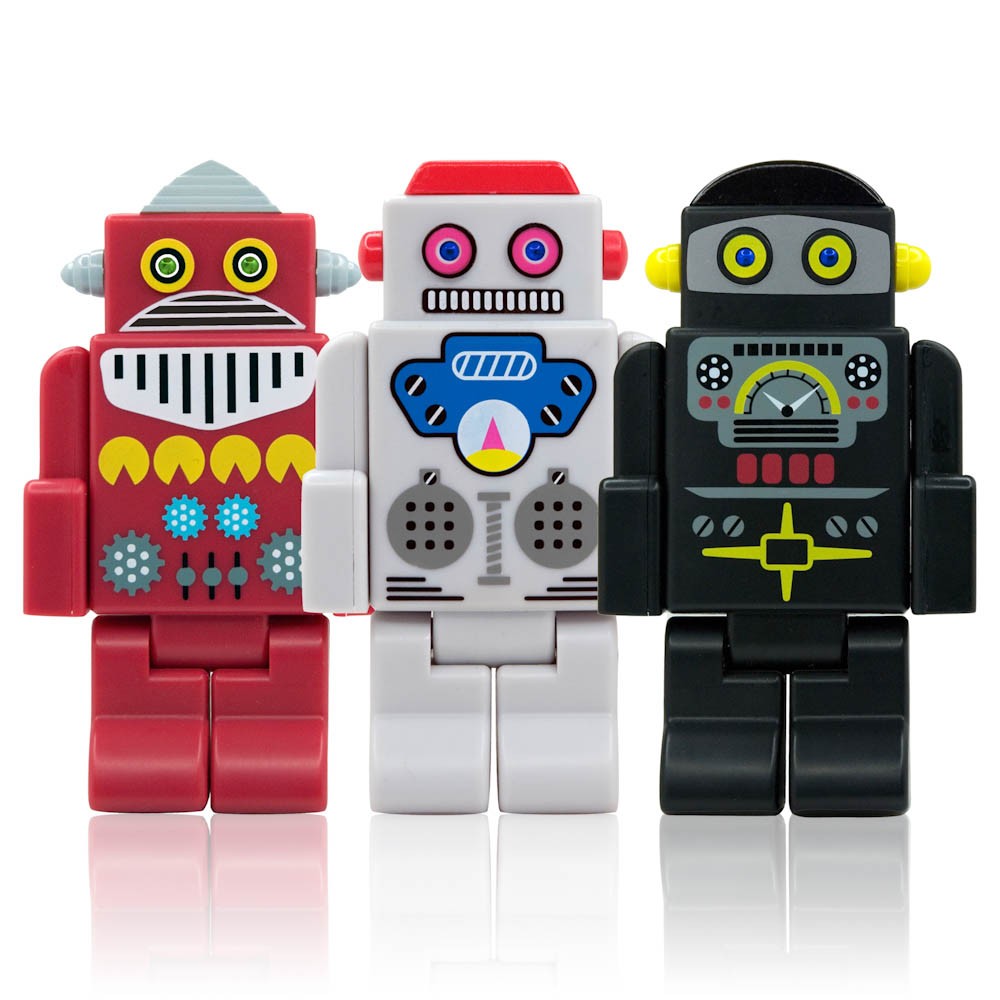Twenty-five years ago Tim Berners-Lee first proposed the World Wide Web–perhaps man’s greatest source of shared knowledge, connecting several billion users worldwide. Now robots are getting their own.
RoboEarth, the so called Internet for robots, does for automated machines what the Internet does for humans–offering users the ability to both teach one another and learn. RoboEarth, funded by the European Commission, is the work of researchers at Eindhoven University in the Netherlands and five other European institutes, who have been working on the system for over four years. And last week they unveiled RoboEarth’s first live public demonstration of robots working collaboratively together.
Most robots exist to perform tasks more efficiently and cheaper than humans. Or to do things that humans can’t. But when it comes to learning most robots are no smarter than the parts they are made from. In fact, most robots are designed to perform a single routine task. And if that task changes or the conditions in which it’s being performed change, the robot can become useless.
Heico Sandee, RoboEarth’s project manager, discussed this limitation of robots, describing the situation of a company that told him that when they make even a small change in one of their products, they have to reprogram and reinstall all of the robots they use for automation. “This adds up to 80% of what it would cost them to simply buy all new robots,” Sandee said.
RoboEarth was created to solve this problem of robot inflexibility. By allowing robots to learn from one another, the robots can engage in a dynamic evolutionary process. They can adapt to their changing environment and learn the more subtle and sophisticated behaviors and actions required to work with humans. Continue reading “An Internet for Robots”


